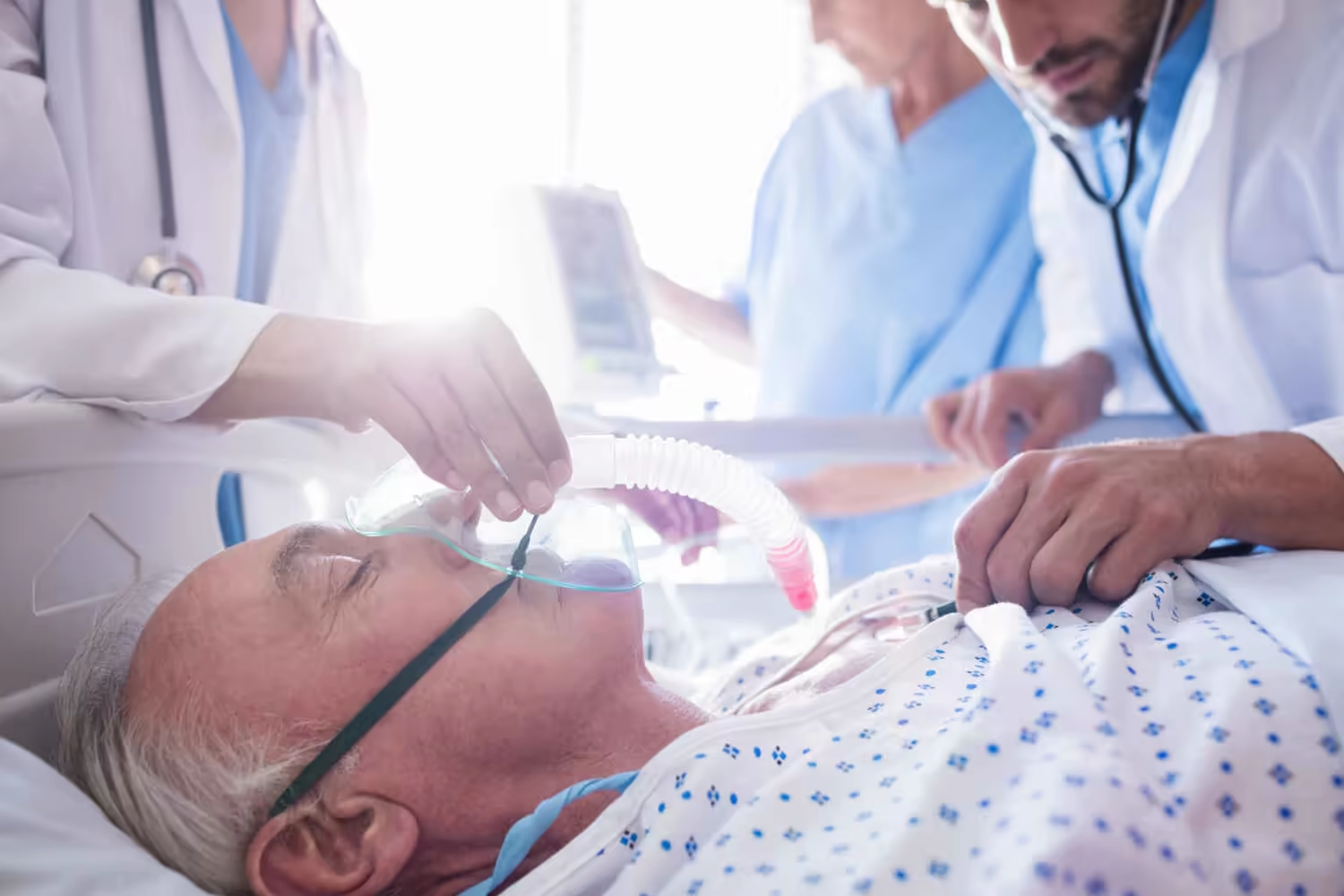An anaesthesiologist job description outlines the primary duties of medical doctors who specialize in anaesthesia care, pain management, and critical care medicine and have the necessary knowledge to understand and treat the entire human body.
Before surgery, anaesthesiologists consult with the patient and their surgeon to evaluate their health and make recommendations to provide the safest and most effective anaesthesia care. They take care of patients after surgery to ensure they are as comfortable as possible.
Anaesthesiologists are also essential in caring for patients undergoing minor surgery or who may not need general anaesthesia, such as labouring women who must be awake and conscious but need adequate pain management.
Additionally, as experts in managing pain, some anaesthesiologists concentrate on helping those who suffer from chronic pain. Anaesthesiologists specializing in treating chronic pain can be recommended to patients who experience recurrent pain, such as migraine headaches, back pain, or pain brought on by a disorder like fibromyalgia.
Although every anaesthesiologist receives training to assist in surgical intervention, many additionally focus on specific subspecialties. These include:
- Cardiac anaesthetic for heart operations
- Paediatric anaesthesia to treat children's discomfort and administer anaesthetics
- Neuro-anaesthesia for surgical procedures involving the nervous system, brain and spinal cord
- Obstetrics to provide pain treatment during labour and delivery
Related: A Guide About Important Training for Your Employees in The Health Industry
Anaesthesiologist job description: Overall Purpose
Manages patient pain by delivering anaesthesia, overseeing the anaesthesia care team, and upholding the highest standard of patient safety. Anaesthesiologists also assess, monitor, and direct patient care before and after surgery and provide treatment during medical operations.
Anaesthesiologist job description: Primary Duties
- Prepares patients for surgery by carrying out vital organ examinations before surgery.
- Ensures patient comfort during procedures by administering anaesthesia, monitoring patient vital signs during medical and surgical procedures, and making appropriate adjustments in anaesthesia.
- Ensures patient comfort after surgical and medical procedures by monitoring patient vital signs and pain management.
- Upholds the best interests of patients by making cooperative decisions.
- Ensures that patients are given effective aftercare by consulting with a range of other health professionals, such as operating department practitioners, surgeons, theatre nurses, radiologists and radiographers.
- Ensures patients' suitability for surgery by meeting with them before medical procedures to discuss their medical history and lifestyle.
- Makes certain that patients have a good understanding of procedures by explaining the surgical processes to be carried out.
- Maintains patient stability by monitoring patients under anaesthesia, checking their blood pressure, heart activity, oxygen and carbon dioxide levels, breathing and body temperature.
- Supports patient recovery by reversing anaesthesia and managing post-operative pain.
- Ensures that accurate information is used in deciding the medications to be administered to patients by maintaining patient records relating to their procedures and the type and amounts of medications given.
- Limits risk factors during procedures by supervising anaesthesia assistants and certified registered nurse anaesthetists.
- Ensures patient safety by approving general, sedative, regional, or local anaesthetics.
- Promotes legal compliance by ensuring that medical and hospital procedure policies are followed.
- Provides reassurance by communicating with patients and families throughout the surgical process, including preparation and recovery.
Anaesthesiologist job description: Academic Qualifications
- A four-year degree in medicine with a four-year residency in anesthesiology. Most people choose to pursue a bachelor's degree in biology, the natural sciences, or a closely related discipline.
- A physician specializing in anaesthesia may additionally pursue certification in one of the following sub-specialties, which necessitate further education and testing: Critical Care Medicine, Hospice and Palliative Medicine, or Pain Medicine.
Anaesthesiologist job description: Experience Required
- At least 5 years of experience as an Anaesthesiologist is needed to perform effectively in this role.
Anaesthesiologist job description: KSAOs
Knowledge
- Knowledge of anatomy, physiology and pharmacology.
- Knowledge of anaesthetic techniques and procedures.
- Knowledge of pain management techniques.
- Understanding of federal and state regulations related to anaesthesia.
Skills
- Verbal communication skills are needed to communicate clearly and concisely with doctors and patients about the risks associated with certain medications and procedures.
- Critical thinking skills are needed to analyze which type of medication is best for the patient based on their age and medical history.
- Attention to detail skills are needed to detect early signs of adverse reactions to medication before, during, and after a major medical procedure because the smallest detail in a patient's medical history could signal major warning signs that a patient should avoid certain kinds of medication.
- Problem-solving skills are needed to deal with any crisis that should arise should something not go according to plan with a patient.
Abilities
- Ability to remain calm and focused in high-pressure situations.
- Ability to work effectively as part of a team.
- Strong attention to detail and ability to accurately monitor patients' vital signs.
Conclusion
The anaesthesiologist job description is one of the most critical roles in surgical procedures. This role's primary duty is to reduce patients' pain during and after procedures.

